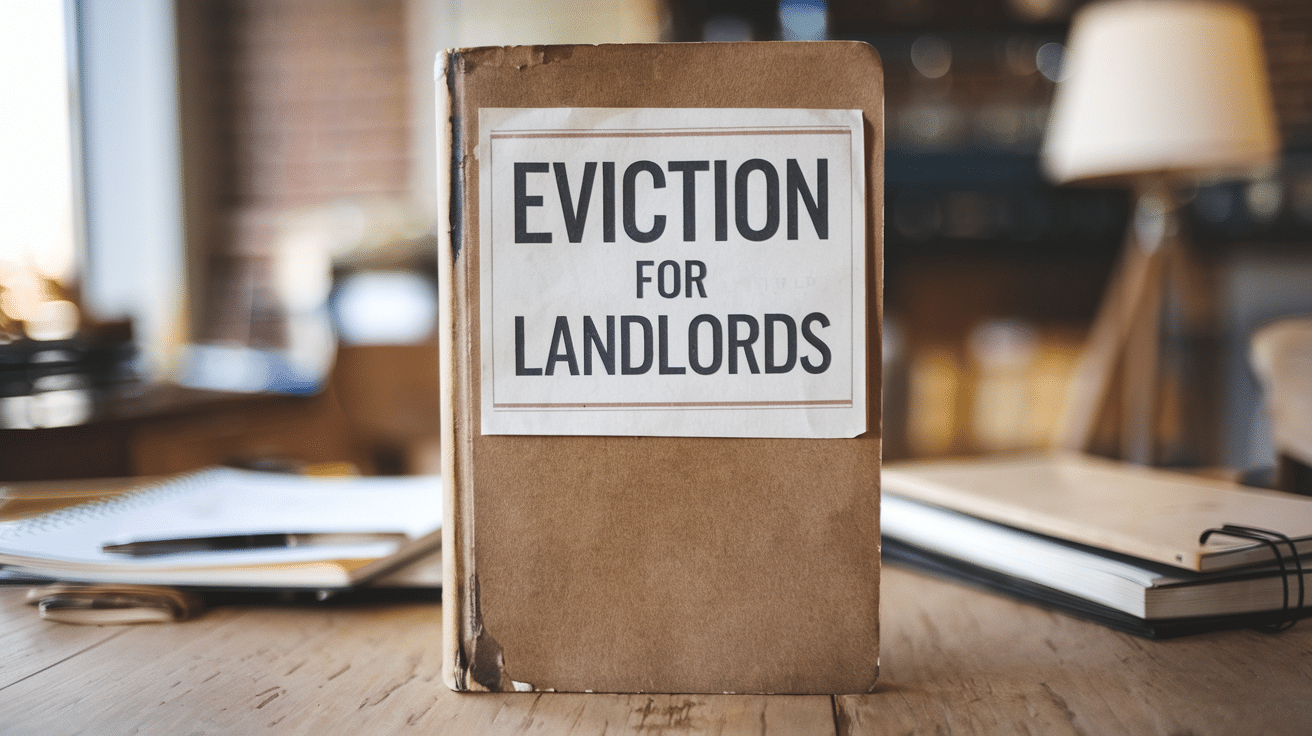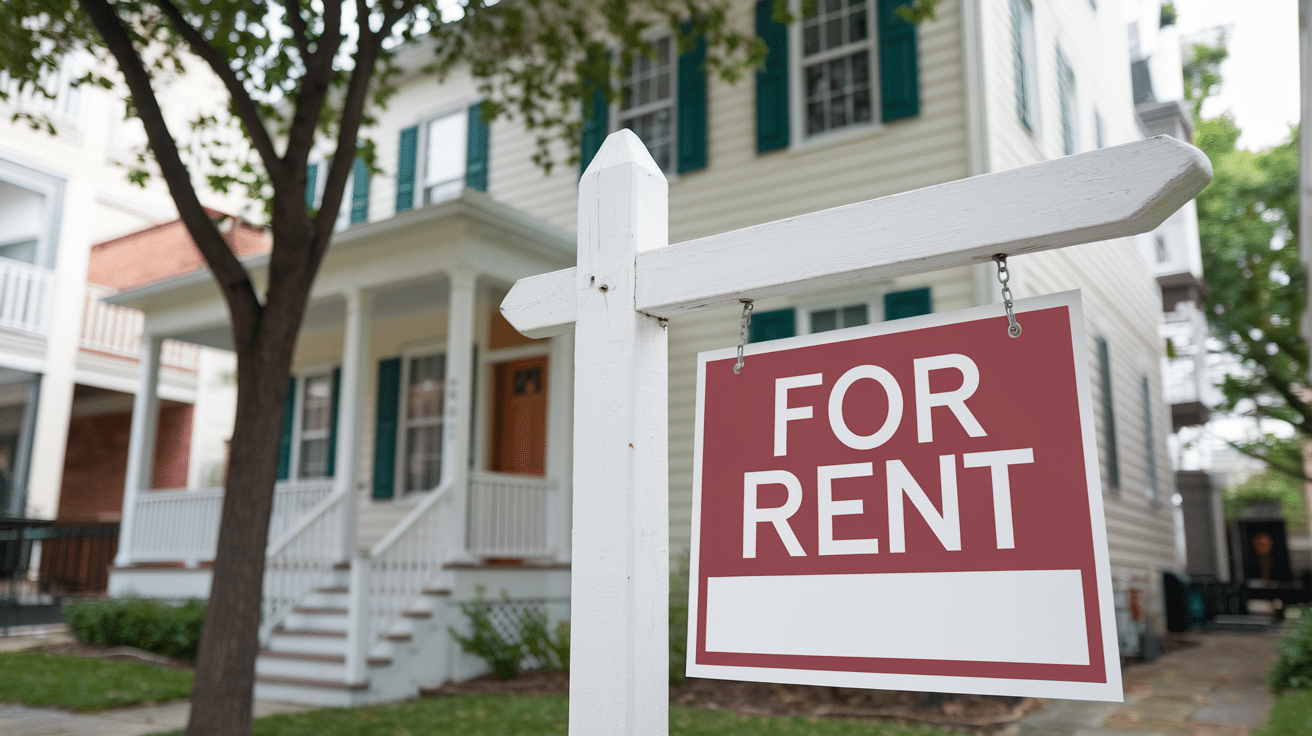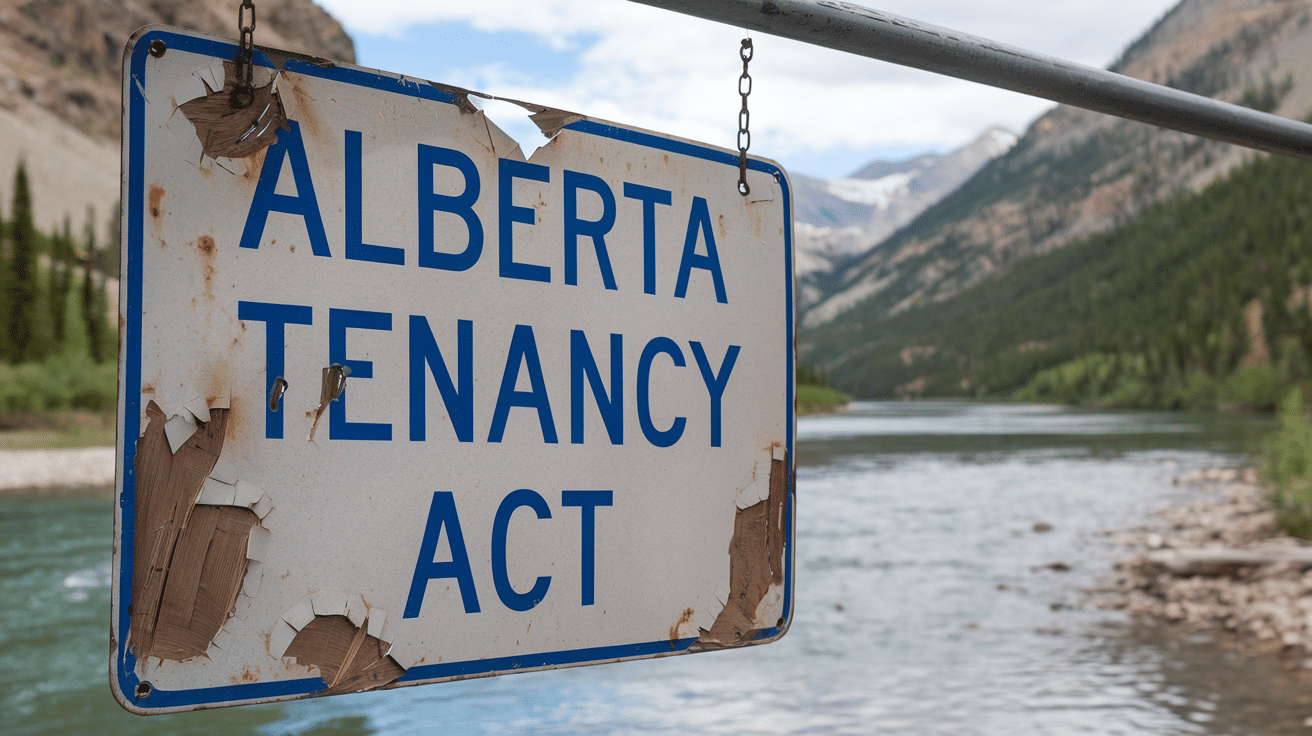When it comes to renting properties, organization is key for both tenants and landlords. Property Managers Edmonton knows that a well-structured move-in move-out checklist can make all the difference in ensuring a smooth transition. This essential tool helps document the property’s condition, preventing disputes and fostering transparency between parties.
A comprehensive checklist covers everything from the condition of appliances to the cleanliness of each room. By meticulously noting these details, tenants can protect their security deposits, while landlords ensure their property remains in top condition. It’s a win-win approach that saves time, money, and stress.
Whether you’re moving into a new apartment or preparing to leave, understanding the importance of a move-in move-out checklist is crucial. It not only simplifies the process but also provides peace of mind, knowing that every aspect of the property has been accounted for.
Key Takeaways
- A move-in move-out checklist is essential for ensuring a smooth transition for both tenants and landlords by systematically documenting the property’s condition at the start and end of a lease.
- Comprehensive checklists cover important aspects such as appliance functionality, room cleanliness, structural fixtures, and any existing damages, which help prevent disputes and protect security deposits.
- Consistent use of checklists enhances transparency and communication between tenants and landlords, reducing conflicts and fostering a shared understanding of the property’s condition.
- Accurate documentation with photographs and videos, along with detailed written notes, provides visual evidence and clarity, assisting in resolving any disputes regarding damages or repairs.
- Both tenants and landlords benefit from clear expectations, regular inspections, prompt maintenance, and well-established policies, which contribute to maintaining property standards and ensuring lease compliance.
- Utilizing standardized checklists or software simplifies the process, ensuring comprehensive records and systematic inspections during move-in and move-out to protect the interests of all parties involved.
Understanding the Move-In Move-Out Checklist
A move-in move-out checklist serves as a vital tool for both tenants and landlords during rental transitions. This checklist systematically records a property’s condition at the start and end of a lease term. It typically covers various aspects such as appliance functionality, room cleanliness, structural fixtures, and any existing damages.
Details Included
- Appliance Functionality: Lists properties such as ovens and refrigerators. Identifies any issues or defects present during the inspection.
- Room Cleanliness: Evaluates cleanliness levels in areas like kitchens and bathrooms. Notes any stains or debris that need attention.
- Structural Fixtures: Reviews elements such as doors, windows, and ceilings. Captures wear and tear or any compromised elements.
- Existing Damages: Documents any pre-existing faults, like cracks or broken items. Helps avoid unnecessary blame or charges.
Benefits for Tenants and Landlords
For tenants, thorough documentation protects security deposits. It clearly distinguishes pre-existing conditions from tenant-caused damage. Landlords utilize checklists to uphold property standards and address maintenance issues proactively, minimizing repair costs in the long run.
A detailed move-in move-out checklist fosters transparency. It ensures both parties have a shared understanding of the property’s condition, reducing the potential for conflicts. Consistent use streamlines the moving process and establishes clear expectations, benefiting everyone involved.
Essential Components of a Move-In Checklist

A comprehensive move-in checklist ensures clear communication between tenants and landlords. It includes details about each area of the property to facilitate a smooth transition.
General Areas
General areas cover common spaces like hallways and entryways. It’s important to inspect flooring, lighting, and walls for cleanliness and damage. Verify that electrical outlets and switches function properly. Record any scratches or marks on walls and door frames.
Kitchen and Dining Areas
Kitchen and dining areas require thorough checks due to frequent use. Assess appliances like ovens and refrigerators for functionality and cleanliness. Check cabinets and pantries for broken hinges or shelving. Ensure faucets and sinks are free of leaks. Document existing stains or wear on countertops and flooring.
Living and Bedrooms
Examine living and bedroom spaces for wear on carpets or hardwood floors. Inspect windows and locks for security and proper operation. Check heating and AC units, ensuring they work efficiently. Record pre-existing conditions like dents or paint chips on walls or ceilings.
Bathrooms
Bathrooms need careful inspection for water-related damage. Test toilets for flushing efficiency and check for leaks around the base. Inspect sinks, showers, and bathtubs for water pressure and drainage issues. Ensure tiles and grout have no mold or damage. Document anything affecting the room’s usability.
Recording and Documenting Property Condition

Accurate documentation of a property’s condition safeguards both landlords and tenants. Before moving in, tenants should walk through each room, noting any pre-existing damage, like scuffed floors or chipped paint. Photographs and videos complement written descriptions, providing visual evidence of the property’s state. Date-stamped images are particularly useful for tracking changes over time. Recording details about appliances, such as operational status and any visible wear, clarifies responsibilities for repairs.
During the move-out process, another thorough inspection remains crucial. Comparing the property’s current condition with initial documentation highlights any new damage or discrepancies. This practice aids in resolving any damages disputes, protecting tenants’ security deposits and landlords’ investments. Using standardized forms or software simplifies the documenting process, ensuring comprehensive and consistent records.
Completing the Move-Out Checklist

Effective completion of a move-out checklist ensures a smooth transition and is critical for safeguarding both tenant and landlord interests. Thorough attention to each task in the checklist minimizes misunderstandings.
Providing Notice
Tenants generally inform landlords of their intent to vacate with appropriate notice based on lease terms. According to the Edmonton vacancy rate 2024, this notice is often 30 to 60 days before the move-out date, ensures landlords have ample time to plan for reletting the property. Verifying lease-specific timeframes avoids potential penalties.
Inspecting and Repairing Damages
Thorough inspection identifies any tenant-responsible damages. Addressing issues like wall dents, broken fixtures, and appliance malfunctions before leaving prevents security deposit deductions. Utilizing the initial checklist as a reference guide ensures repairs meet initial conditions.
Ensuring Payment of Bills
Paying all utility bills through the move-out date ensures there’s no outstanding balance. Tenants typically disconnect services like gas, water, and electricity while coordinating the transfer for new occupants. Confirming payment of all utility and service accounts prevents future complications.
Cleaning and Maintenance
Cleaning tasks involve deep-cleaning rooms, including floors, carpets, and windows, to restore the rental to a move-in-ready state. Professional cleaning services could be beneficial for a thorough job. Regular maintenance duties, like changing light bulbs and verifying smoke detector functionality, also ensure compliance with the move-out checklist.
Best Practices for Landlords and Tenants

Effective communication between landlords and tenants enhances the moving process. Clear expectations, especially during move-in and move-out, ensure smoother transitions and minimize conflicts. Consistent updates and timely responses facilitate this communication.
Documentation: Utilizing detailed documentation reduces disputes over property condition. Both parties should comprehensively complete checklists during move-in and move-out. Include dated photographs and videos to support written descriptions.
Regular Inspections: Scheduling regular property inspections, with notice, maintains property quality and identifies issues early. Landlords can address necessary repairs, while tenants remain informed about property upkeep.
Transparent Policies: Establishing clear policies regarding security deposits, maintenance responsibilities, and property rules avoids misunderstandings. These policies should be communicated before the lease signing.
Timely Maintenance: Prompt maintenance requests reduce larger repair costs and tenant dissatisfaction. Landlords benefit from preserved property value, while tenants enjoy a well-maintained living environment.
Checklist Utilization: Consistently using a move-in move-out checklist simplifies the process and ensures all necessary tasks are completed. Both parties should understand the checklist’s importance in documenting the property’s condition accurately.
Conclusion
A move-in move-out checklist is an invaluable tool for both tenants and landlords. It not only ensures transparency and organization but also protects the interests of all parties involved. By documenting the property’s condition meticulously, disputes can be minimized and security deposits safeguarded. Both tenants and landlords benefit from clear communication and detailed records, which streamline the rental process and maintain property standards. Implementing best practices like regular inspections and timely maintenance requests further enhances the experience. Ultimately, a well-executed checklist fosters peace of mind and smooth transitions, making it an essential component of property management.
Frequently Asked Questions
What is the purpose of a move-in move-out checklist?
A move-in move-out checklist documents a rental property’s condition at the start and end of a tenancy. This ensures transparency and helps prevent disputes between tenants and landlords by clearly distinguishing pre-existing issues from tenant-caused damages. It protects tenants’ security deposits and assists landlords in maintaining property standards.
How does a checklist benefit tenants?
A checklist helps tenants by documenting the property’s condition, which can protect their security deposit. It distinguishes existing damage from any damage that may occur during their tenancy, providing evidence against unfair deductions when moving out.
Why should landlords use a move-in move-out checklist?
Landlords use the checklist to document the property’s condition, maintaining high standards. It allows them to identify maintenance needs early and address tenant-responsible damages effectively, thus avoiding disputes and protecting their rental investment.
What areas should be covered in a move-in checklist?
A move-in checklist should cover various aspects of the property, including hallways, entryways, kitchen, dining, living, and bedroom areas, as well as bathrooms. It should inspect appliances, structural fixtures, cleanliness, and any pre-existing damages.
How important is documenting the property’s condition with photos and videos?
Documenting with photos and videos is crucial as it provides visual evidence of the property’s condition at the start. This supplementation supports written descriptions and is vital during the move-out process to resolve disputes over damages effectively.
Is a detailed checklist essential for the move-out process?
Yes, a detailed checklist during the move-out process safeguards both tenant and landlord interests. It ensures repairs and cleaning meet agreed standards, helping tenants avoid unnecessary deposit deductions and assisting landlords in preparing the property for new tenants.
What should tenants do before vacating a rental property?
Tenants should provide notice to landlords, usually 30 to 60 days in advance, conduct thorough inspections for damages, and address these issues. Ensuring utility bills are paid and services disconnected, alongside deep cleaning, is essential for a smooth transition.
Are regular property inspections recommended?
Yes, regular inspections are recommended to maintain property quality, address tenant concerns early, and prevent issues from escalating. This proactivity ensures tenant satisfaction and preserves the property’s value over time.
Why is effective communication important between tenants and landlords?
Effective communication minimizes conflicts by setting clear expectations for move-in and move-out procedures. It ensures both parties are aware of their responsibilities, promoting transparency and reducing misunderstandings throughout the tenancy.






